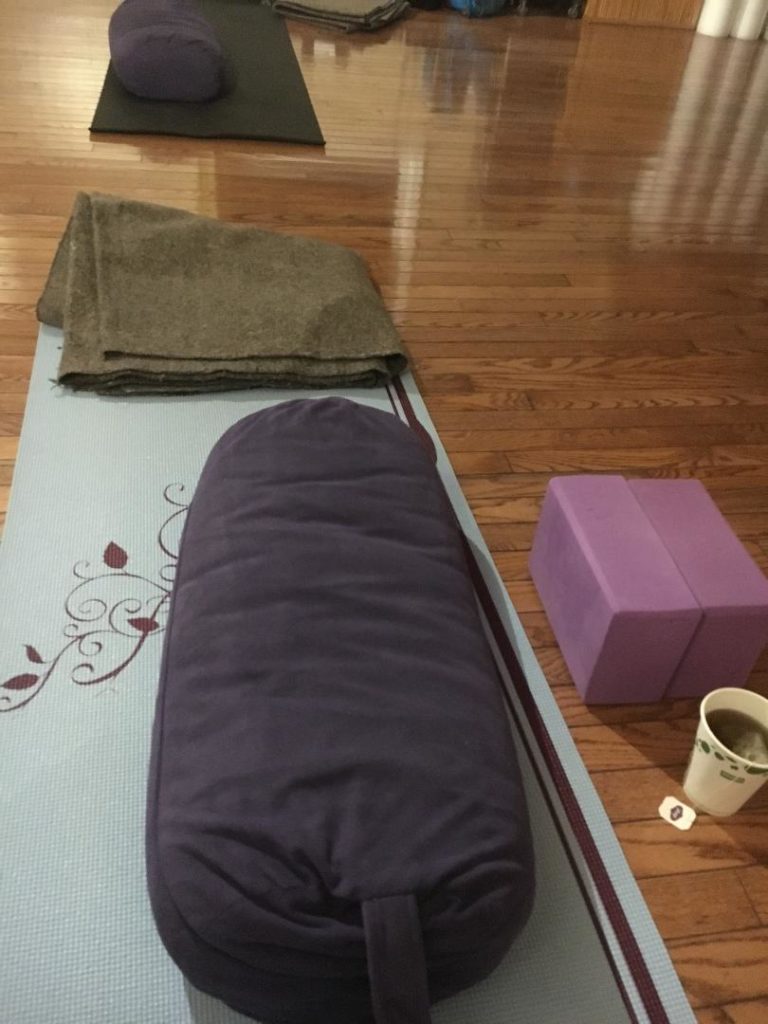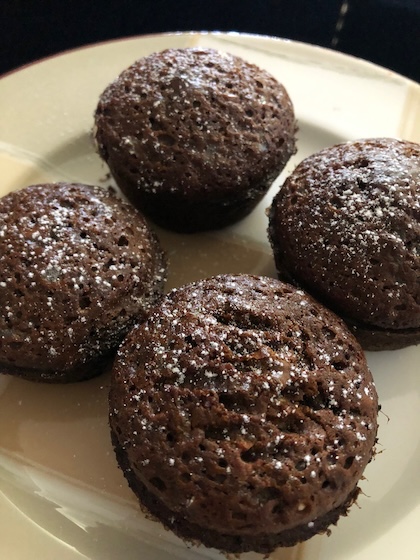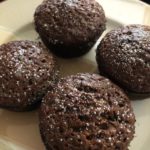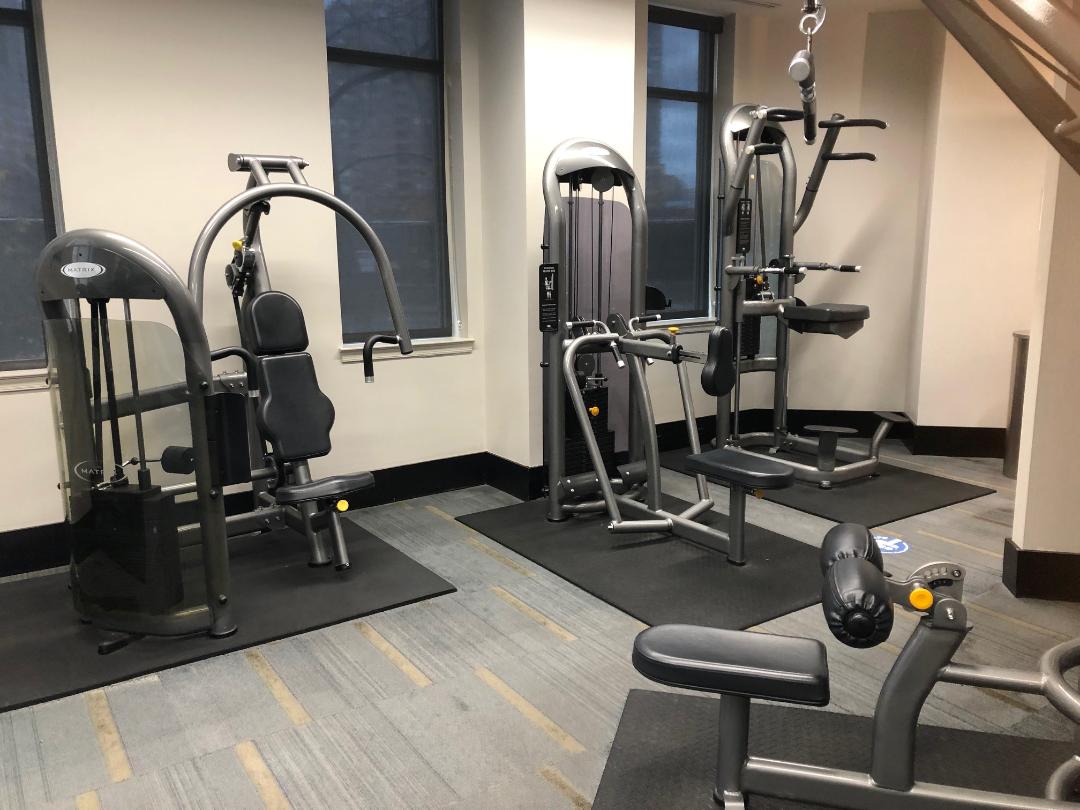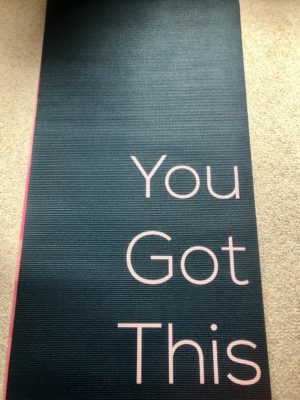
Sometimes body injuries happen outside our control that come and go. And when you’re slightly injured, say with a common sprain, you can still do light work around home workouts being careful, and then gradually restoring back to regular exercising and good fit health routines.
For a light strain or sprain, you can be out for a few weeks before you’re back to regular activities. If you have a more serious injury, it can be a few months before you’re mobile, and that’s when you may want to come up with a different strategy so the rest of your healthy body doesn’t have to wait. It’s easy to get out of a regular workout routine with a good excuse!
…I want to encourage you to keep doing home exercises year-round no matter what (unless your doctor tells you not to or you’re sick), as your mental health and happiness improve — a fact we all know about the happy hormones and endorphins that release in working out.
As you get the blood circulating into your brain and body, you gain more energy from working out and that can help you sleep and eat healthier. If you have a foot sprain injury, for example, you could still do simple arm exercises to keep moving (a good body goal to maintain).
With common inflammation, you probably know it’s good to rest and ice your injury first, which can take a few days or weeks (everyone is different).
If you’re an athlete, you’re usually less fragile as your body is strong compared to someone who doesn’t work out as often.
In either case, when you’re back on the road to body recovery, you can think about strengthening other body parts. You don’t want to not do any exercise for weeks waiting for your sprain to heal completely if you can, so you can stay strong (and not get weak) both overall mentally and physically.
Physical therapy (exercises) exists, so you can rehabilitate your overall body and health back to your norm or stronger than before your injury.
If you think about it, when you do regular daily activities like brushing your teeth, cooking, or cleaning, you still need miracle muscle strength to do those common tasks. We underestimate the need for muscles unless we don’t have the ability to do what we need to do.
Even though our muscles are adaptable, we want to create progressive muscle growth, especially in our large muscle groups like our legs, buttocks, arms, and upper body so we can be independent to lift, walk, and pull or push even daily light weighted things.
Ok cool.. all makes sense so far, right?
Below I share a few of my favorite exercises, sprain injured or not, for staying toned and getting some cardio in even if you have light limitations, such as a common foot sprain.
We all have some personal fitness goals even if we don’t believe in writing resolutions. One of mine is staying the same consistent size, proportions, and weight. Since I’ve been the same size for years, measuring is not necessary but if I were trying to lose or gain weight, then measuring would be more accurate and a way to determine if what I was doing, was working.
Another goal is staying toned (or sculpted which sounds like a muscular statue). This is good no matter what your weight is… it’s obvious if you’re toned or not from a mirror, so you don’t have to step on a scale.
The tone goal is good for most women because if you’re serious about achieving good tone, you will naturally do the things in between or in the process to make that happen, like eat less and do more pushups.
Remember the “7 Habits of Highly Effective People”? – the second habit is “begin with the end in mind,” which is good for any goal setting you do. (I’m having a déjà vu moment right now where I can picture Stephen Covey who wrote the 7 habits. I was in a class of his decades ago where he taught his principles… I digress)…
Continue reading “Yoga Tips and Home Gym Workout Exercises Even With A Sprain”


